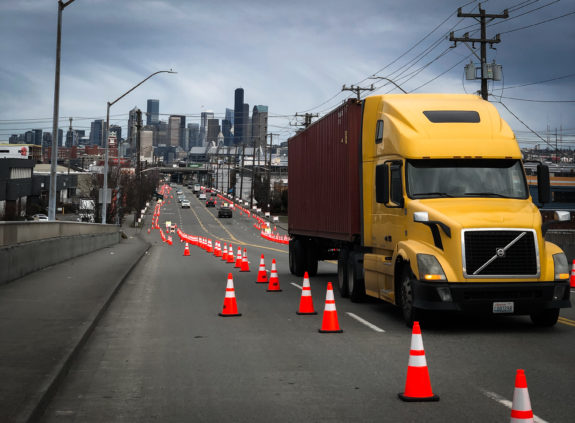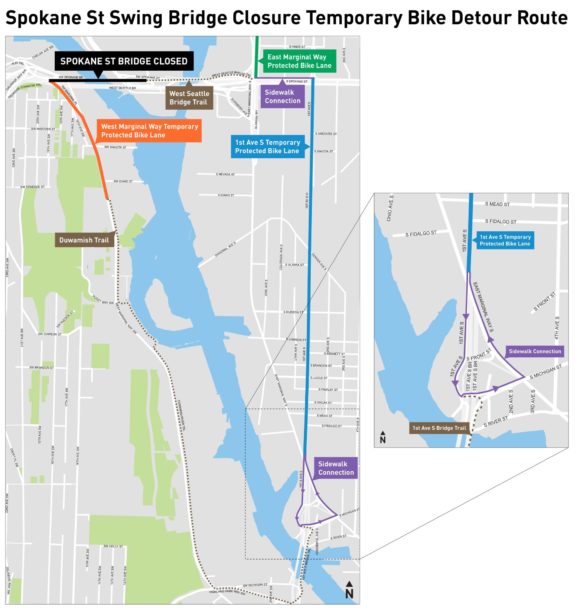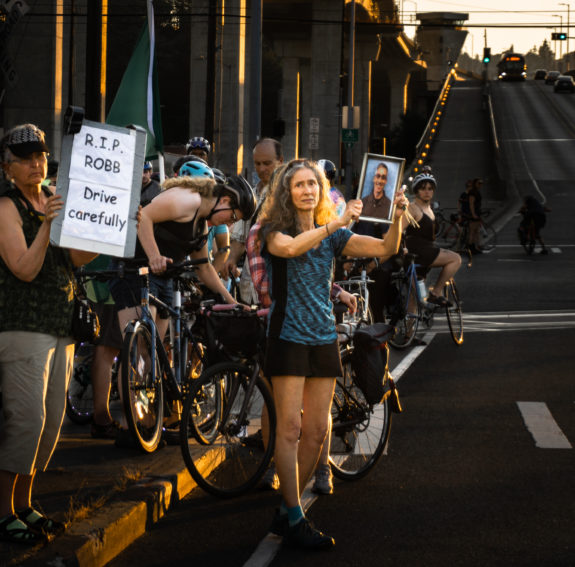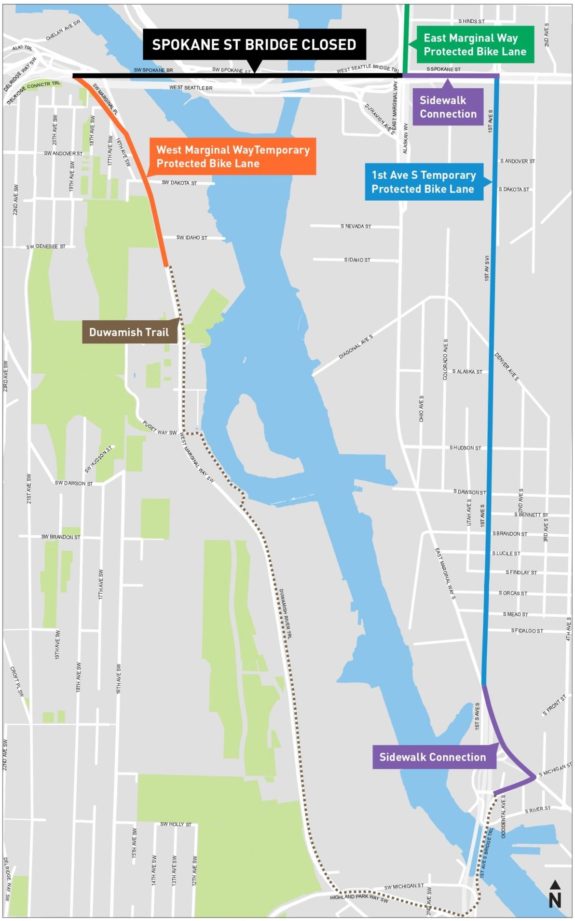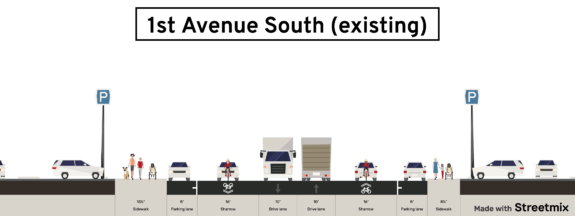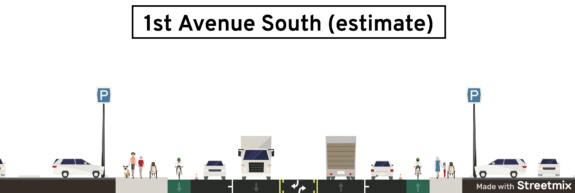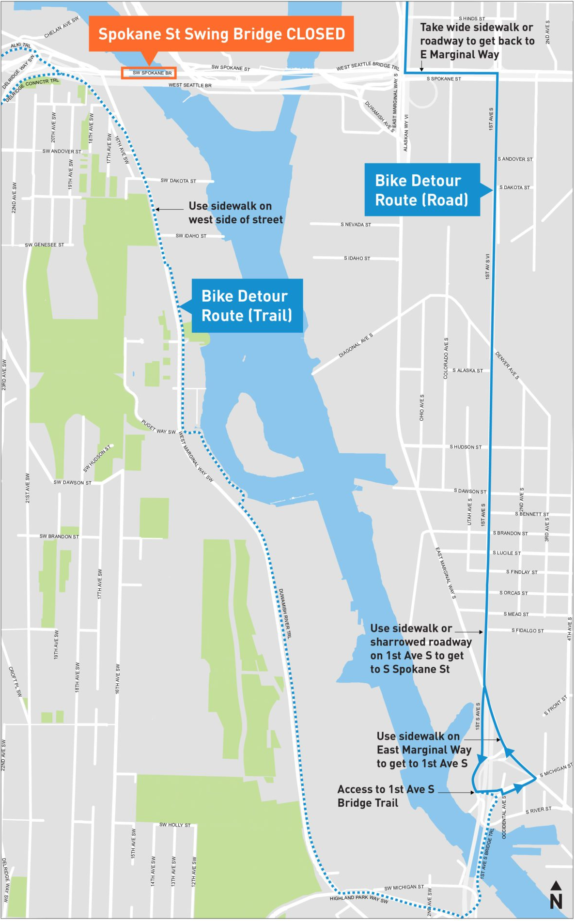Councilmember Alex Pedersen will not run for reelection to represent Seattle’s District 4, he announced this week. He joins Lisa Herbold in District 1 and Debra Juarez in District 5, who have also stated publicly that they will not run for reelection this fall when the seven Council District seats will be up for election.
But it’s not just District 4 that will get a new leader. Pedersen is Chair of the Transportation Committee, and 2024 will be an enormously important year for that committee. The Move Seattle Levy expires at the end of 2024, and Mayor Bruce Harrell and the City Council Transportation Committee will need to replace that funding if they want to avoid an enormous cut to the transportation budget. This likely means sending a package to voters on the 2024 ballot. The next Transportation Committee Chair will have a lot of influence over the shape and scale of transportation investments in Seattle into the 2030s.
Seattle City Council committee assignments are two-year terms, so Pedersen is set to chair the Transportation Committee through the end of 2023. This year will also see a lot of very important work, including delivery of a backlog of safety projects that voters funded through the Move Seattle levy as well as major work to craft the Seattle Transportation Plan. The STP will form the basis for the next transportation funding package and will include a framework for prioritizing project selection such as where to install bike lanes. If 2024 is the year to sell a transportation vision to voters, 2023 is the year to craft the vision the city hopes to sell.
This is not the time to write a post-mortem on Alex Pedersen’s time on Council because his most important work is still ahead of him. The Seattle Transportation Plan could be his longest-lasting legacy from his time on Council. It currently scheduled for passage in summer 2023.
If someone else on Council has their eye on the Transportation Committee Chair, then they may want to make sure the STP includes the vision they want to present to the public in 2024.
Pedersen is also freed from the burden of reelection, which means he can help craft a transportation plan that he will not be tasked with selling. The Move Seattle levy was crafted under the guidance of Transportation Chair Tom Rasmussen, who chose not to seek reelection in 2015 but was in the chair position to see the funding package through both development and voter approval. The previous levy did see split leadership with Richard Conlin as chair of the Transportation Committee through 2005 but Jan Drago taking the chair in 2006 when the Bridging the Gap levy was passed. Conlin was still on Council in 2006, though, so it’s not exactly the same situation.
In the 2019 election, Pedersen defeated Shaun Scott by 1,386 votes or 4.25 percentage points. So he was not in a particularly comfortable position for reelection. He has also been largely quiet, doing very little to rally around his policy priorities and achieve big legislative wins. In contrast, he had spent years leading up to his successful 2019 election building community relationships through his newsletter and through knocking on doors to talk to people. He put in the real-life work and planning needed to win his seat. This is why he won when every other “business-backed” candidate in 2019 lost as the amount of PAC spending backfired and turned into a negative for candidates who received it. His path to the Council was different from any other candidate, and it is simplistic to try to put him in a box with anyone else. He is not out to blow up agendas or lead a counter-movement against the Council majority. He does not owe his seat to corporate interests.
I hope that Councilmember Pedersen uses his final year on Council to seek out a handful of achievable and genuinely good things that he can get passed. I think he could find friendly faces among people and groups that might otherwise be gearing up to support an opponent, and could work together with them to make our city better. I’m not suggesting Pedersen and progressive transportation orgs will suddenly be aligned on everything, but that no longer matters because he is not running for reelection. Instead, they can pick some issues they agree on and work together to make positive changes that will mean something for our city and its people.
As the then-new Councilmember told Seattle Bike Blog during a meeting at Irwin’s Cafe in Wallingford in January 2020, “I am really excited now as Councilmember to let my actions speak for themselves.”
